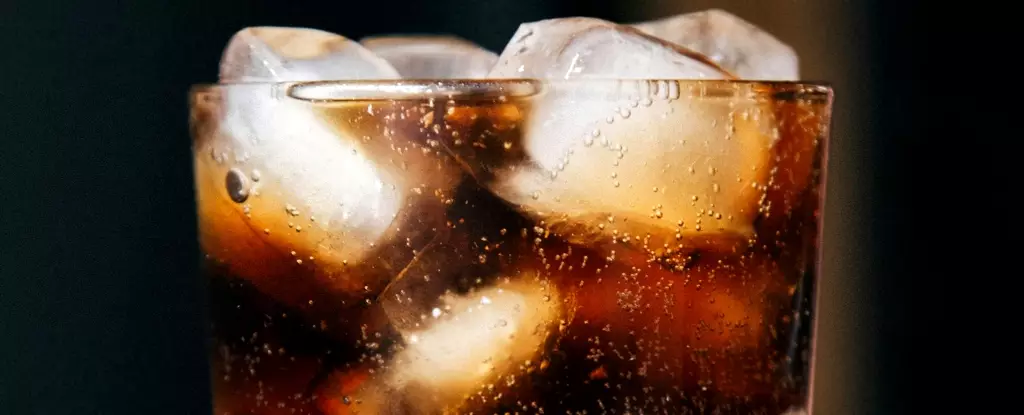In recent years, sugary drinks have surged in popularity across the globe. From sodas to energy drinks, these beverages cater to every age group and preference, presenting a quick and convenient option for hydration and enjoyment. Beyond their enticing flavors, however, commonly overlooked are the inherent risks associated with regular consumption. These drinks, often loaded with high amounts of sugar, are specifically engineered to be hyper-palatable, sending pleasure signals to the brain. The fleeting enjoyment they offer comes with a heavy price tag—both in terms of health and nutrition.
Research has shown that sugar-sweetened beverages (SSBs) are not just a harmless indulgence; they are linked to a slew of serious health problems. Issues such as tooth decay, obesity, type 2 diabetes, and cardiovascular diseases have become frequent consequences of habitual intake. A study conducted by researchers at Tufts University has underscored the alarming statistics related to SSBs, predicting that around 1.2 million cases of cardiovascular disease and 2.2 million cases of type 2 diabetes arise worldwide each year due to sugary drink consumption.
Despite a gradual decline in sugary drink consumption in some developed countries, the ongoing risks posed by SSBs remain significant, particularly in low- and middle-income nations. The alarming rates of health problems linked to sugar-laden drinks paint a grim picture. Senior researcher Dariush Mozaffarian has noted the pervasive marketing of these beverages in developing countries, where consumers may lack resources to manage the long-term health consequences effectively. This scenario creates a double jeopardy; vulnerable communities are bombarded with enticing marketing yet are inadequately equipped to address their health challenges.
The prevalence of SSB-related health issues is particularly stark in certain countries. For instance, approximately one-third of new diabetes cases in Mexico can be traced back to sugary drinks, alongside nearly fifty percent in Colombia. In South Africa, the impact is evident as 28% of new diabetes cases and 15% of novel heart disease cases are linked to SSBs. This troubling trend necessitates immediate intervention and awareness to mitigate the health crisis fueled by these beverages.
The study defines sugar-sweetened beverages as any drink containing added sugars and at least 50 kilocalories per 8-ounce serving. This broad classification encompasses a diverse array of drinks, including soft drinks, energy drinks, fruit punches, lemonade, and various homemade sugary concoctions. Alarmingly, this definition excludes sweetened milk, 100% fruit or vegetable juices, and artificially sweetened beverages, which can still impose health risks if consumed excessively.
To assess the implications of sugary drinks on health, the researchers utilized data from the Global Dietary Database, analyzing beverage intake from 2.9 million people across 118 countries. By integrating this consumption data with rates of cardiometabolic diseases, the study illuminated how SSBs are implicated in a staggering 1.2 million heart disease cases and 2.2 million diabetes cases annually. The statistics do not end there; it is estimated that sugary drinks contribute to approximately 80,000 deaths annually due to diabetes and roughly 258,000 deaths from cardiovascular issues. These numbers demand urgent action and renew attention toward public health initiatives.
Addressing the pervasive risks related to sugary drinks requires a multifaceted approach. Urgent and evidence-based interventions are essential to curb the escalating rates of consumption, particularly in high-risk regions like Latin America and Africa. As highlighted by researcher Laura Lara-Castor, increased awareness about the harsh consequences of sugary drink consumption could likely turn the tide in favor of better public health outcomes.
A key element in tackling this issue is education. Public health campaigns that focus on the short- and long-term risks associated with SSB consumption would benefit communities, particularly vulnerable populations who may be more susceptible to marketing tactics. Additionally, creating policies that limit the availability of sugary drinks in schools and public spaces could further deter consumption.
While sugary beverages may offer

Leave a Reply